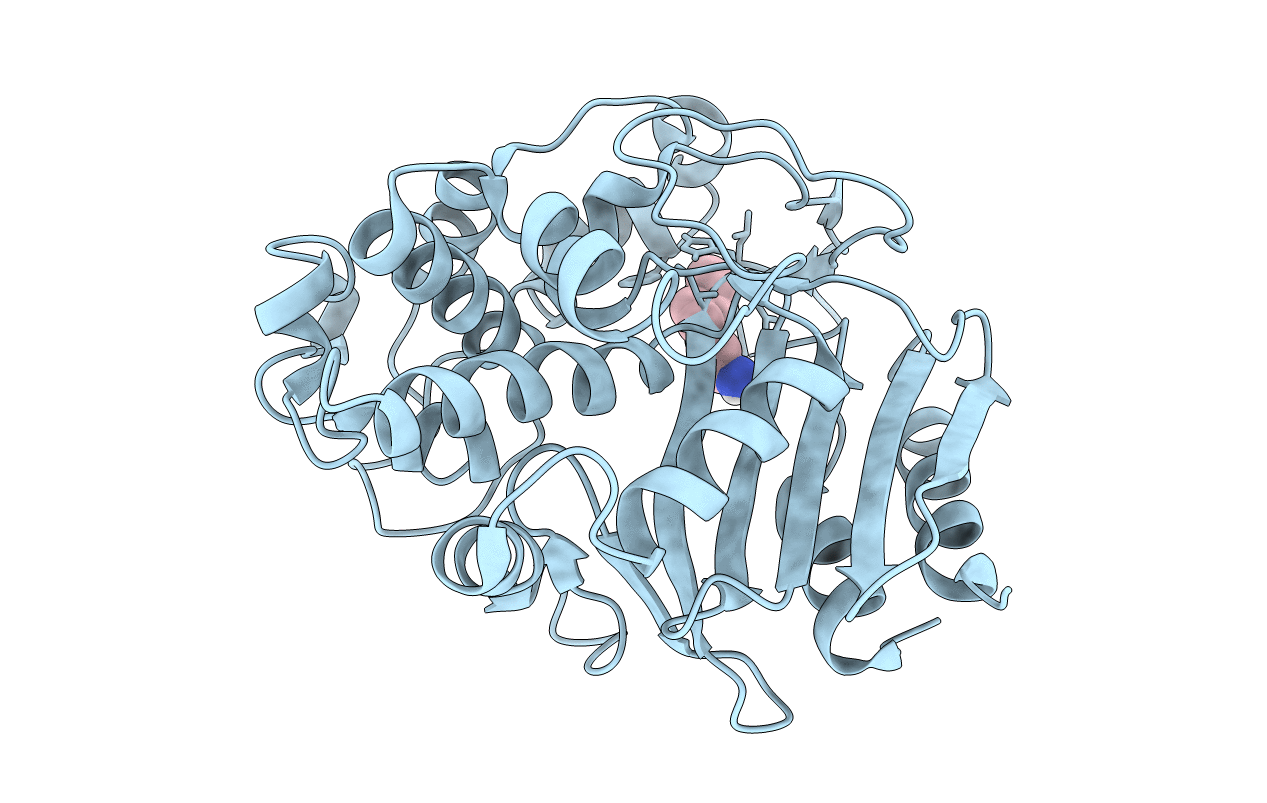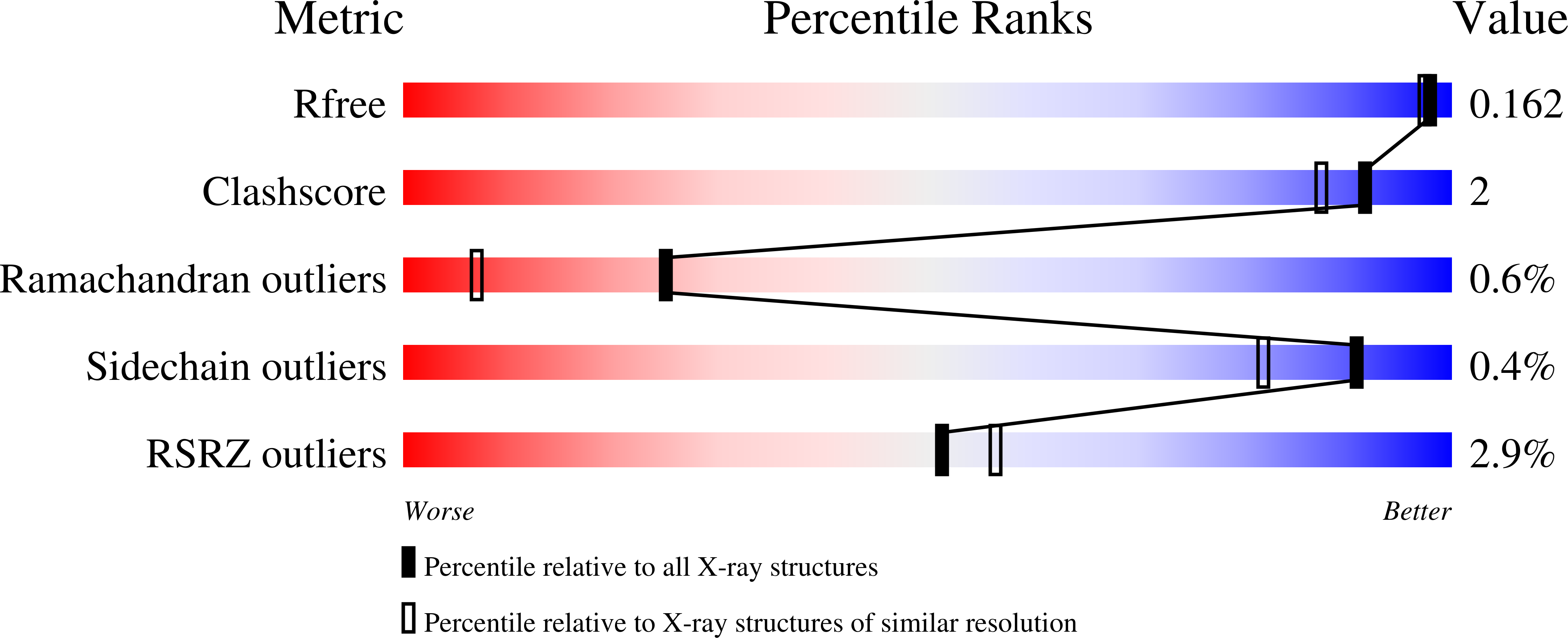
Deposition Date
2014-07-03
Release Date
2015-07-08
Last Version Date
2024-10-30
Entry Detail
PDB ID:
3WWX
Keywords:
Title:
Crystal structure of D-stereospecific amidohydrolase from Streptomyces sp. 82F2
Biological Source:
Source Organism:
Streptomyces sp. 82F2 (Taxon ID: 690348)
Host Organism:
Method Details:
Experimental Method:
Resolution:
1.49 Å
R-Value Free:
0.16
R-Value Work:
0.14
R-Value Observed:
0.14
Space Group:
P 21 21 21


